Gyujanggak Library of Seoul National University (서울대학교 규장각)
3.2 Km 15675 2022-07-27
1, Gwanak-ro, Gwanak-gu, Seoul
+82-2-880-6030
Gyujanggak Library was founded in 1776 during the reign of King Jeongjo, the 22nd ruler of the Joseon dynasty, at which time it was located within the Changdeokgung Palace grounds. It functioned as the royal library, which housed writings of the previous kings, their relics and books from home and abroad.
Today Seoul National University maintains the items of Gyujanggak in a traditional Korean building which is equipped with state-of-the-art facilities necessary for the preservation of cultural heritages. Moreover, Gyujanggak Library of Seoul National University collects and publishes books from a variety of sectors such as politics, economy and society.
Gyujanggak now houses more than 270,000 items including 7 national treasures, 8 treasures, 180,000-plus old books, about 50,000 documents and 18,000 printing blocks. Among them, Joseon Wangjo Sillok (the Annals of the Joseon Dynasty, a National Treasure), Seungjeongwon Ilgi (the Diaries of the Royal Secretariat, a National Treasure) and Uigwe (the Royal Protocols of the Joseon Dynasty) have been designated as UNESCO World Cultural Heritages.
Museum of Art, Seoul National University (서울대학교미술관)
3.2 Km 28376 2021-03-03
1, Gwanak-ro, Gwanak-gu, Seoul
+82-2-880-9504
Museum of Art, Seoul National University was established as an independent institution in 1995 after several years of development under the Department of Modern Art at Seoul National University Museum. It is the first university art museum in Korea dedicated exclusively to modern and contemporary art. Designed by the world-renowned architect Rem Koolhaas, the museum was constructed and donated by the Samsung Group. It has evolved into a cultural complex equipped with exhibition halls, auditorium, classrooms, and other educational facilities. The museum places special emphasis on educational programs that are open not just to the university's students and faculty, but also to the local community. In addition to modern and contemporary artworks, the museum brings together and exhibits diverse forms of art and culture such as architecture, music, literature, film, and theater.
Seoul National University (서울대학교)
3.2 Km 17104 2023-07-07
1, Gwanak-ro, Gwanak-gu, Seoul
+82-2-880-5114
Founded in 1946, Seoul National University is the most reputable university in Korea based on its long academic history and tradition. It was the first national university in Korea established by merging several institutions of higher education around the Seoul area, including Kyongsong University
Goto Mall - Gangnam Terminal Underground Shopping Center (고투몰 (강남터미널 지하도상가))
3.3 Km 128554 2024-05-17
jiha 200, Sinbanpo-ro, Seocho-gu, Seoul
+82-2-535-8182
Gangnam Terminal Underground Shopping Center is often referred to as "Goto Mall" in short, and is connected to one of the major subway transfer stations at which Seoul Subway Lines 3, 7 and 9 operate. Over 600 stores are lined up on both sides of the two long, parallel corridors featuring clothing, fashion accessories, interior products, and flowers.
Olive Young - Seocho-daero Branch [Tax Refund Shop] (올리브영 서초대로)
3.4 Km 0 2024-04-17
314, Seocho-daero, Seocho-gu, Seoul
-
Seoul Gwanmunsa Temple (관문사(서울))
3.4 Km 27702 2021-06-01
111, Baumoe-ro 7-gil, Seocho-gu, Seoul
+82-2-3460-5300
Located at the foot of Umyeonsan Mountain in Seocho-gu, Seoul, Gwanmunsa Temple had its ground-breaking ceremony in 1993 and construction was completed in October 1998.
The temple site has a total area of 22,148.76 ㎡ with seven ground levels and four basement levels. The temple was constructed with a mixture of modern and traditional Buddhist architectural designs. Inside the temple, cutting-edge facilities are used for various cultural events, conferences, and sacred ceremonies.
Neighbored by Cheonggyesan Mountain, Umyeonsan Mountain, and Yangjaecheon Stream, the temple is located near many natural spots visitors can enjoy. In particular, Umyeonsan Mountain (alt. 293 m), where Gwanmunsa Temple is located, gets its name for its shape resembling a cow lying down. Designated as a city park and managed by Seoul Metropolitan Government, Umyeonsan Mountain has several valleys with clear spring waters and a dense forest inhabited by diverse animals and plants.
Banpo Bridge Rainbow Fountain (반포대교 달빛무지개분수)
3.5 Km 544099 2024-05-17
350, Dongjak-daero, Seocho-gu, Seoul
+82-2-3780-0578
The Rainbow Fountain plunges 20 meters into the water on both side of Banpo Bridge over the Han River. When the sun goes down, 200 lights illuminate the fountain as it sends out dancing, rainbow-colored jets of water in the air in synchronization with music. The fountain boasts spectacular views from the hills, the Hangang River observation deck, and the moon-shaped Moonlight Square. Banpo Bridge Rainbow Fountain operates every day from April to October, four to six times a day for 20 minutes.
Banpo Hangang Park (반포한강공원)
3.5 Km 95019 2022-12-16
40, Sinbanpo-ro 11-gil, Seocho-gu, Seoul
+82-2-3780-0541
Banpo Hangang Park is located on the southern side of the river centering on Banpo Bridge (Jamsu Bridge) between Hamnam Bridge (upstream) and Dongjak Bridge (downstream). The Rainbow Fountain built on both sides of Banpo Bridge was registered in The Guinness Book of Records in 2008 as the longest bridge fountain in the world with a total length of 1,140 meters. At night, over 200 lights create a fantastic view of a beautiful rainbow.
In addition, the park is equipped with sports facilities including bubble playground, in-line skating track, soccer field, and basketball court. You may also enjoy the gorgeous view of Hangang River and skyscrapers on the riverside from Gureum and Noeul cafes, lookout places located on the southernmost part of Dongjak Bridge.
Seoraeseom Island which connects from Banpo Hangang River Park is an artificially created island to provide a leisure space for Seoul urbanites. Every spring, the place is flooded with waves of canola flowers and people to enjoy picnic and spring events like ‘Searaeseom Butterfly, Canola Flower Festival’.
Your joyful experience in the park doesn’t end here - there are more things to see and enjoy including a nature experience field, boat quay, bike lane, and picnic spots.
Banpo Seoraeseom Island (반포 서래섬)
3.5 Km 19795 2018-02-02
40, Sinbanpo-ro 11-gil, Seocho-gu, Seoul
Banpo Seoraeseom Island is an artificial island built in the mid-1980s. Located in Banpo-jigu District by the Hangang riverside, the island is connected to Hangang Banpo Park by three bridges. The island features weeping willows along the edges, as well as a migratory bird habitat, flower garden, water ski site, and more.
JW Marriott Hotel Seoul (JW 메리어트 호텔 서울)
3.5 Km 40165 2020-04-10
176, Sinbanpo-ro, Seocho-gu, Seoul
+82-2-6282-6262
JW Marriott Hotel Seoul is a luxury hotel with outstanding interior design that displays the beauty of Korean aesthetic. The hotel's restaurants are serviced by top chefs and food consultants. The staff aim to make each guest's stay a comfortable and pleasant one. Additional amenities within the hotel include various entertainment facilities and a fitness center offering personalized wellness programs.
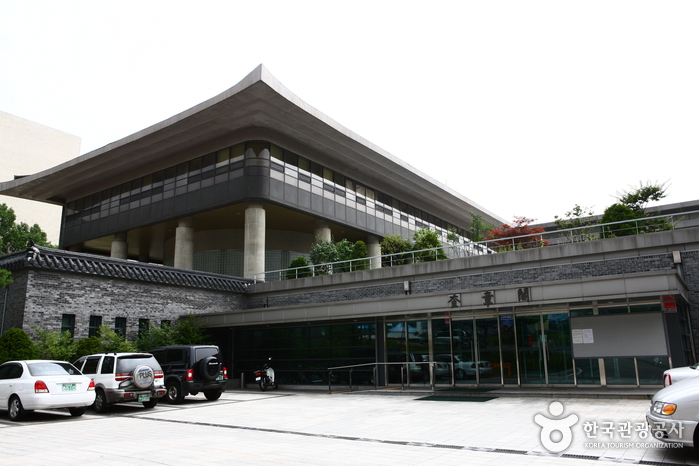
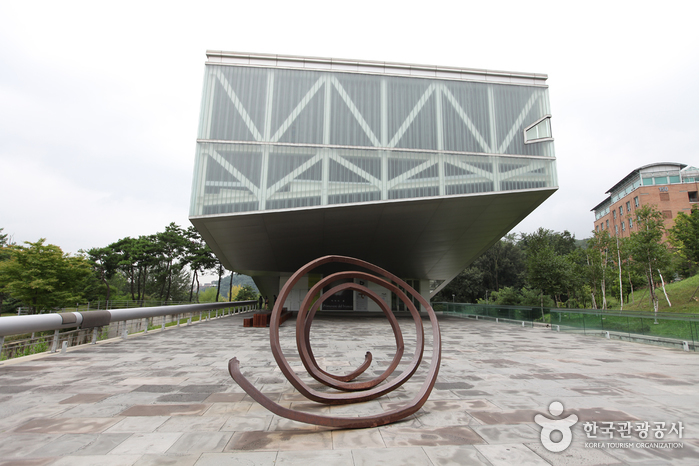

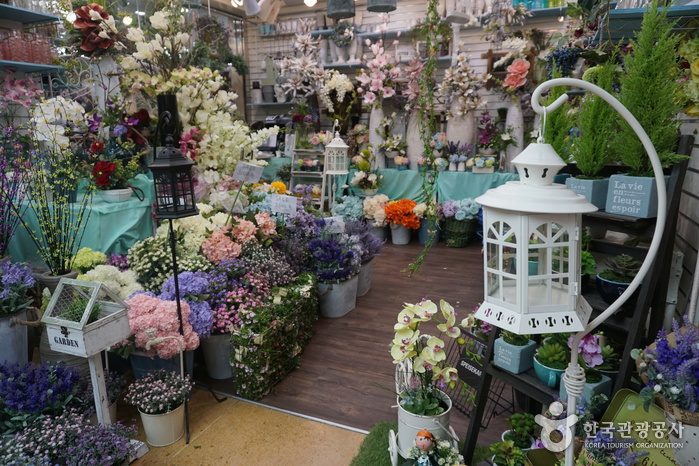
![Olive Young - Seocho-daero Branch [Tax Refund Shop] (올리브영 서초대로)](http://tong.visitkorea.or.kr/cms/resource/40/2888240_image2_1.jpg)
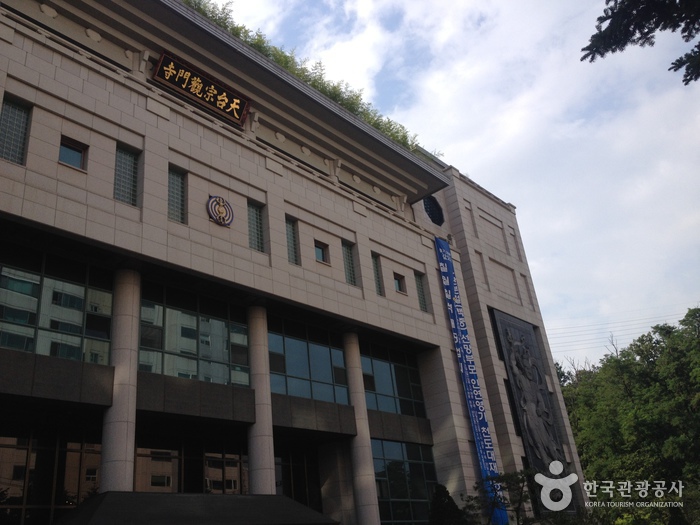
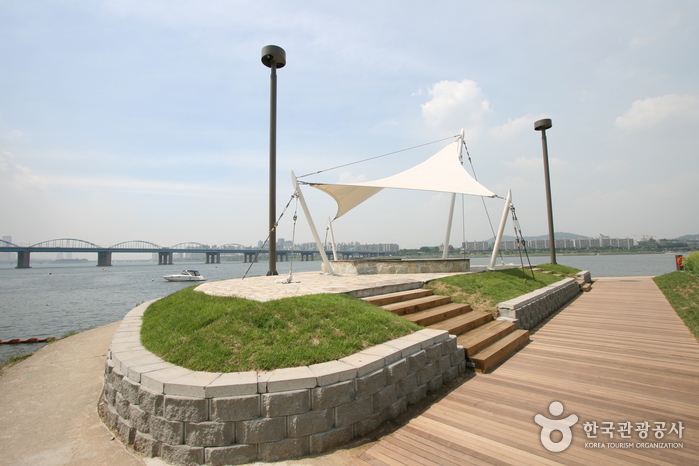
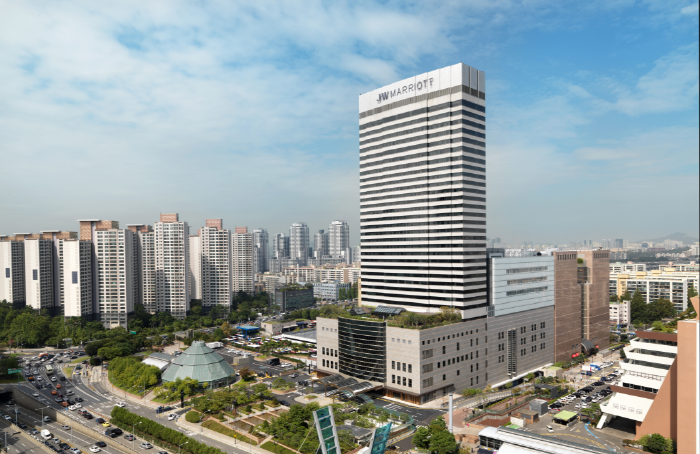
 English
English
 한국어
한국어 日本語
日本語 中文(简体)
中文(简体) Deutsch
Deutsch Français
Français Español
Español Русский
Русский